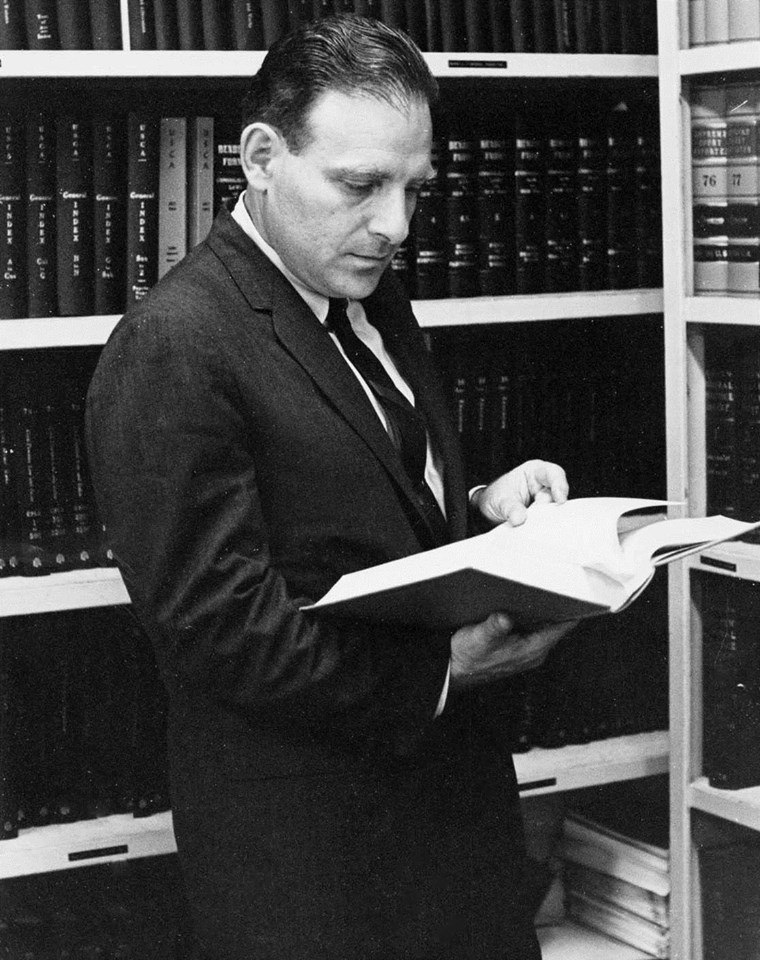By Adam Riedel, CCCL Associate Director and Fellow
How and to what extent predicted future, physical impacts from climate change should be considered in environmental impact reports (EIRs) under the California Environmental Quality Act (CEQA) has never been entirely clear. A recent California Court of Appeal decision invalidated CEQA Guidelines that arguably mandated the consideration of predicted future physical impacts of climate change on a proposed project in EIRs. (Ballona Wetlands Land Trust v. City of Los Angeles (2011), 134 Cal. Rptr. 3d 194, petition for review denied.) However, the same Court of Appeal recently issued a decision that could lead to the greater consideration of the predicted future impacts of climate change in EIRs.
In Neighbors for Smart Rail v. Exposition Metro Line Construction Authority (Smart Rail), petitioners challenged the use in an EIR of predicted future traffic and air quality conditions as a “baseline” by which to analyze the predicted impacts of a proposed expansion of light rail transit. Challengers asserted that CEQA Guidelines mandated the use of existing conditions, rather than projected future conditions, as the baseline for this evaluation. In a decision that broke from the approach taken by two other Courts of Appeal, the Second District Court of Appeal held that “an agency’s use of a projected future baseline, when supported by substantial evidence, is an appropriate means to analyze the traffic and air quality effects of a long-term infrastructure project.” In reaching this decision, the court focused heavily on the fact that “[p]opulation growth, with its concomitant effects on traffic and air quality, is no hypothetical in Los Angeles County; it is inevitable.” Thus, given that the first segment of the project was not expected to come online until 2015 and the entire project was not expected to be completed until 2030, the court found that the predicted future conditions presented a more accurate baseline by which to judge the impacts of the project than the existing conditions in 2009 when the EIR was prepared.
Although the holding in Smart Rail only applies to traffic and air quality effects, it is not hard to see how the decision may have implications for the consideration of climate change impacts in EIRs. A substantial body of scientific research and sophisticated modeling underlies many predictions regarding the future impacts of climate change. Like the projections of future population growth and its “concomitant effects” in Smart Rail, these climate models and the underlying science could very well serve as the “substantial evidence” the court seems to require for the use of a baseline of predicted future conditions in an EIR. Furthermore, the court’s focus in its reasoning on ensuring an accurate basis of comparison seems to weigh in favor of considering climate change impacts, especially for projects with long-time horizons such as was the case in Smart Rail. In much the same way that the population of LA in 2030 will look very different from the population in 2009, the climate too will look very different making predicted future climatic conditions a more accurate baseline by which to judge environmental impact in many instances.
As noted above, the Second Court of Appeal decision in Smart Rail deviates from two prior decisions by the Fifth and Sixth District Court of Appeals, respectively. However, if it stands, the decision in Smart Rail could pave the way for the greater consideration of the impacts of climate change in EIRs as an aspect of future baseline conditions.




